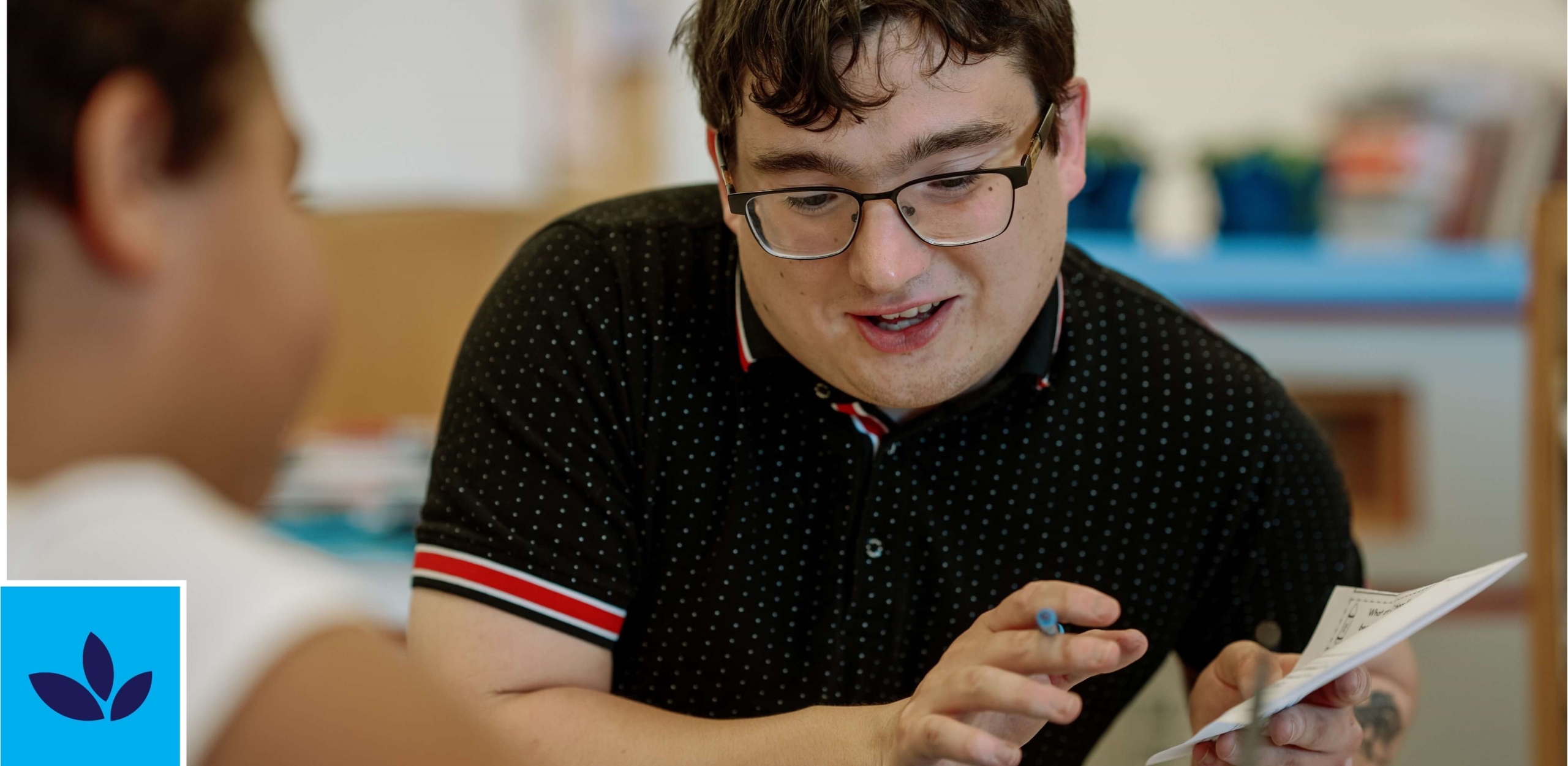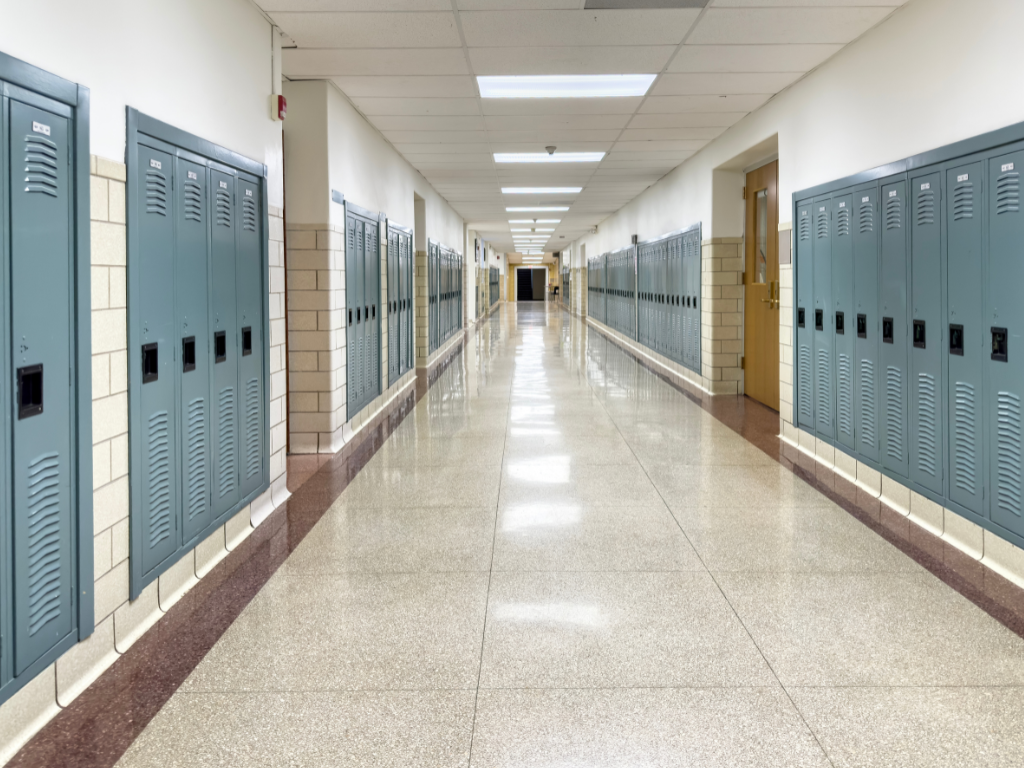Create a Culturally Responsive Classroom (Monthly Steps)
In May 2018, I wrote about Culturally Responsive Teaching. To be culturally responsive teachers, we must first be culturally competent. According to The American Speech-Language-Hearing Association, “cultural competence means to be respectful and responsive to the health beliefs and practices—and cultural and linguistic needs—of diverse population groups. Developing cultural competence is also an evolving, dynamic process that takes time and occurs along a continuum.”
What is a Culturally Responsive Teacher?
The Diversity Toolkit: Cultural Competence for Educators states, “Cultural competence is the ability to successfully teach students who come from a culture or cultures other than our own. It entails developing certain personal and interpersonal awareness and sensitivities, understanding certain bodies of cultural knowledge, and mastering a set of skills that, taken together, underlie effective cross-cultural teaching and culturally responsive teaching.”
Below is a calendar of opportunities and ideas on how to be responsive to our students’ cultures throughout the first half of the school year.
September
Create an open and inviting classroom where students feel safe to share thoughts by changing the way you take attendance. Instead of a standard roll call, ask “getting to know you” questions, like “What was the best part of your summer?” or “What is your favorite food?” Progress to more philosophical questions as the year goes on, such as “What is the color of silence?”
These discussions help build a sense of community, making students more likely to step out of their comfort zones and engage in learning.
October
Use October as an opportunity to get to know your students beyond their test scores. Learn who they are as individuals. Jennifer Gonzalez, in her article A 4-Part System for Getting to Know Your Students, highlights the importance of understanding students’ personal circumstances to tailor instruction effectively.
Scholastic also offers tips for getting to know your students: Top 5 Ways to Get to Know Your Students.
November
Practice gratitude during November by incorporating students’ cultural traditions into discussions about Thanksgiving. Allow students to share family traditions around food, harvest, and gratitude. This fosters understanding, values diversity, and strengthens classroom community.
The Lee & Low Books blog offers classroom activities specific to Thanksgiving.
December
December’s many cultural and religious holidays provide an opportunity to create a culturally inclusive classroom. Share how various winter holidays are celebrated around the world and ensure that your classroom materials reflect the diversity of your students.
Teaching Tolerance offers additional ideas for balancing students’ religions and traditions: Teaching Tolerance.
Conclusion
As you and your students return to school this year, I encourage you to create a culturally relevant classroom. This approach fosters an open, welcoming environment where students can learn about different people and cultures, setting high expectations and providing equal opportunities for all to succeed.
Stay tuned for more opportunities throughout the remainder of the school year!
Author: Heather Bickley, Professional Development Manager, Catapult Learning


